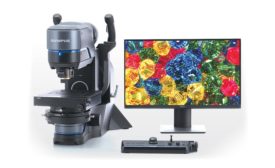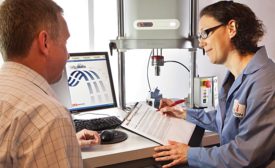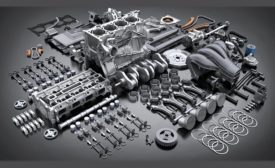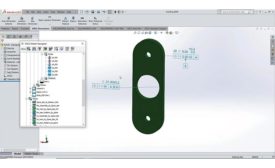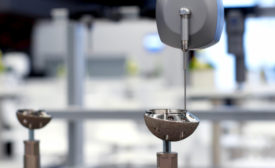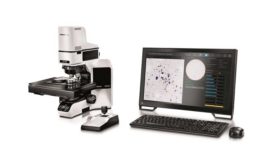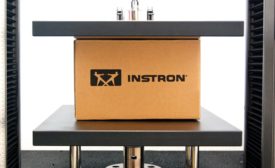Test & Inspection
What Is a Digital Microscope?
A digital microscope can perform the same tasks as an optical microscope, but it comes with extra benefits.
March 10, 2020
Materials Testing Systems in Regulated Environments: What You Need to Know
In the current environment, non-compliance is not an option.
March 8, 2020
Deep Learning Expands into Assembly, Packaging, Kitting Inspection
Unlike traditional machine vision solutions, deep learning machine vision tools are not programmed explicitly.
March 3, 2020
Manufacturing Medical
Medical devices warrant high levels of traceability in order to obtain, track and analyze data.
March 2, 2020
How 3D Printing is Changing the Medical Device Field
Being able to manufacture these devices to conform to a patient’s anatomy is a game changer.
March 2, 2020
Metrology for the Medical Field
Medical devices require stringent quality and inspection methods.
March 1, 2020
Quality Headline
Larson Systems Earns ISO/IEC 17025 Accreditation From ANAB
February 25, 2020
Stay in the know with Quality’s comprehensive coverage of
the manufacturing and metrology industries.
eNewsletter | Website | eMagazine
JOIN TODAY!Copyright ©2024. All Rights Reserved BNP Media.
Design, CMS, Hosting & Web Development :: ePublishing


